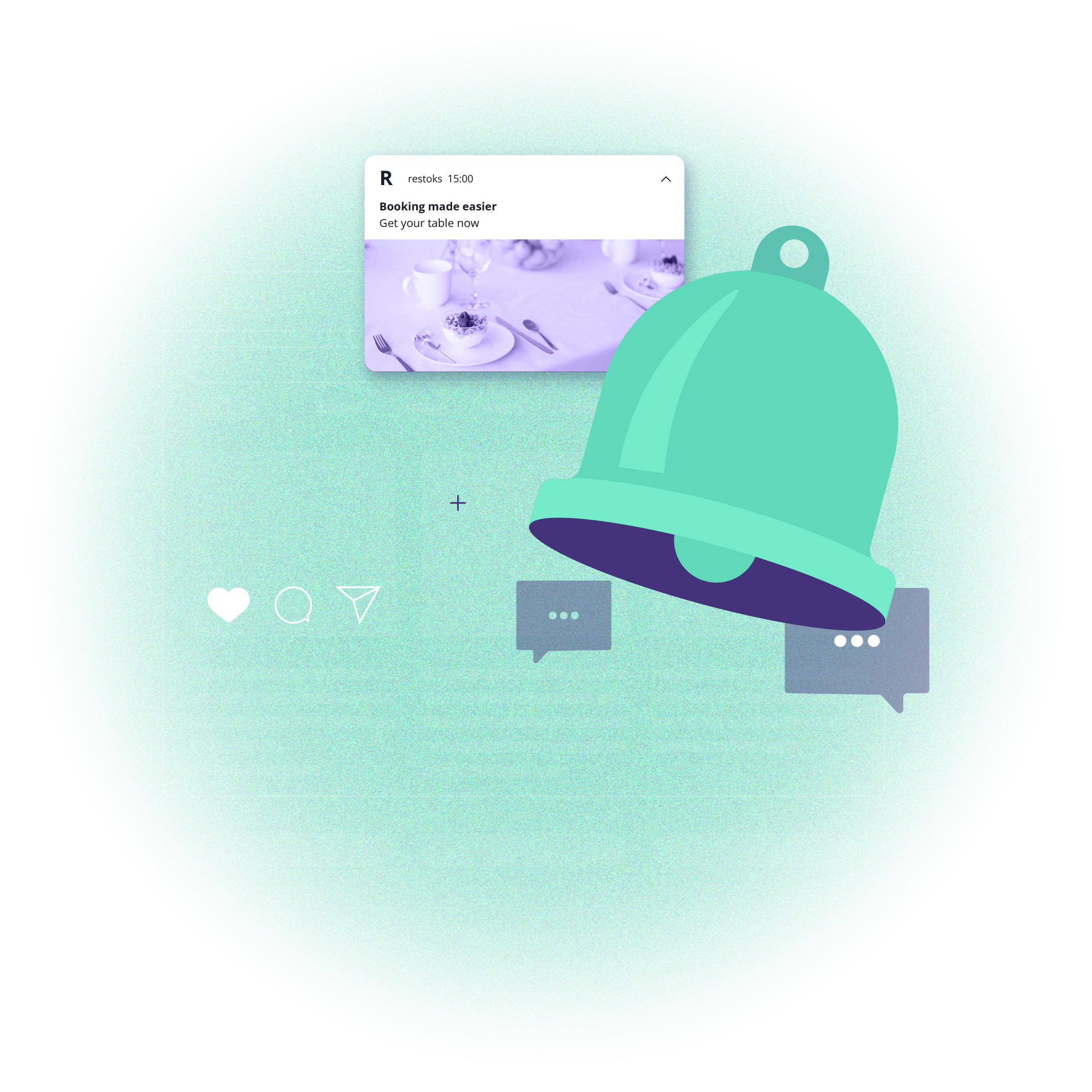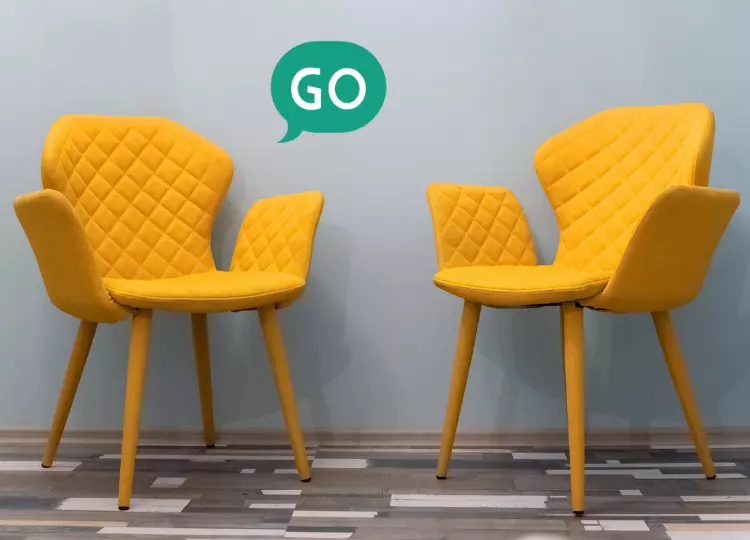The FOMO effect in marketing
 Aleksandra Kozioł
Aleksandra Kozioł
The FOMO effect in marketing
 Aleksandra Kozioł
Aleksandra Kozioł
FOMO has been a major buzzword in the social media world for some time now, but it actually refers to an old and proven psychological scheme. In this article, we’re going to show you how you can use the FOMO effect to reach out to customers more effectively and encourage them to purchase more products. Let’s find out how FOMO works in marketing.
Let’s start with the basics. The FOMO abbreviation stands for fear of missing out. It’s a known and tested truth that people don’t want to miss out on things and opportunities in their lives. When we see a great offer, we want to take advantage of it. Why? Because we fear that can be a one-time deal and we won’t get a second chance. That’s exactly what FOMO is. This effect refers to two ways of our thinking:
We want to participate in something beneficial
We’re afraid of losing a chance
And it doesn’t take a rocket scientist to conclude that it’s a perfect recipe for your marketing campaigns. And that’s true! Many companies, not just online stores, effectively exploit the FOMO effect and with great success. And today, you’re in for a treat because we’re going to show you how to use this psychological construct in your marketing campaigns. We will also show you how push notifications fit into this strategy.
FOMO in marketing: How?
You already know what FOMO is, but how can it be used in practice? Well, there are many ways to put FOMO to work in your marketing. We’ve made a list of five proven techniques.
#1 FOMO technique: Time-limited offers
Imagine a common situation: You’re looking for a pair of new sneakers. Yes, they are expensive, it’s a new model and all, but you really like these shoes! And suddenly, you see an ad or a push notification saying that these sneakers are 15% off, but only for several hours. How long will it take to make a decision and place an order? Perhaps several minutes. You will buy these shoes without hesitation because you were already convinced to buy them at their regular price. And now, you can save some money, too! You think that there won’t be a second chance and immediately place an order.
That’s how time-limited offers work. It's pure FOMO in action. How can you advertise your time-limited offers? There are many tools at your disposal:
Social media ads and profiles
Google ads
Banners on your website
Newsletters
Push notifications
Take a look at an example of push notification with time-limited offers:

And one more thing: Make sure your ads have effective CTAs. They can really work miracles and vitally contribute to higher CTR. Read more about optimizing CTAs on our blog.
#2 FOMO technique: Social proof
This technique works brilliantly as well. In general, customers are more willing to buy products purchased by many other people or someone they trust (a celebrity or an influencer). You can use this technique by showing:
Positive reviews
Star ratings
The number of people who purchased the same product
The number of people viewing the same product tab right now
One of many companies using this technique is Booking.com. They’ve mastered social proof to perfection. Take a look at this screen from one of their offers:

Image source: https://www.booking.com/hotel/nl/zoku-amsterdam.en-gb.html
There are several elements worth noticing. For starters, we have four different types of social proof here:
Rating (9.0)
General opinion (Superb)
A number of reviews
Detailed reviews analyzing the most important elements of the offer
You can do something similar on your website and your social media profiles. Allow your customers to share their opinions and leave comments. This way, you will attract more customers. Of course, social proof works perfectly with ads and push notifications as well. You could make an ad saying something like “Over 1m sold! Buy now” or “Join 10,000 of our satisfied customers!” or even “recommended by X [a name of a celebrity or an influencer that you cooperate with]”. If you work with a famous person, you could also use their direct quote and put it in your ad.
If you operate in the B2B model, you could create a section with logos of the companies you work for. And, of course, testimonials still work since there are always people on the other side of the table, even if a company is your client.
#3 FOMO technique: Special offers just for selected customers
Tens of companies offer special offers and best deals only for their selected customers. The idea is pretty much the same–customers don’t want to miss out on special offers, so they will do whatever they can to take part in them. And taking part usually requires some additional action.
You can leverage this technique and create a VIP club or a loyalty app and invite people to participate in it. Again, use your website and social media profiles to communicate that you’re starting a club/app, and its participants will get access to special offers. It’s important to make this VIP club of yours interesting from your customers' perspective. You have to give them a valid reason to sign up or download your app.
Just like in this example:

image source: https://www.richersounds.com/vip-club
Offer VIP-only discounts and make sure signing up is quick and straightforward. By the way, such clubs are perfect for retaining more customers. If you want to know more, take a look at our blog post about customer loyalty in the fashion industry.
Later on, you can advertise your club/app from time to time using ads and push notifications to remind your customers that participating in such a club means access to some hot deals and discounts.

#4 FOMO technique: Exit popups and we-miss-you pages
If you have customers that visited your site but didn’t place an order, you can use exit popups and we-miss-you pages to show them that you really care about them. Both these tools work as a remarketing technique. Exit popups are displayed to people who intend to leave your site. Before they go, you can show them something like that:

Image source: https://www.privy.com/exit-intent
As you can see, at this point, it is vital to offer some additional incentives. Here, the store offers 20% off the next purchase, but you can offer anything else that works, maybe free delivery or a voucher. And what about we-miss-you pages? You can use them to encourage customers that visited your store some time ago but haven’t returned since. Push notifications are just perfect for that. You can display a small message saying something like “You haven’t visited us for a month! We miss you! Come and see our new arrivals.” or “Did you know that we’ve made a new product section since your last visit? Come and check it!”.
Again, take a look at this example:

#5 FOMO technique: User-generated content
The last technique is related to the one leveraging social proof, but the general idea here is a bit different. The intent is to show what others do with the product you want to advertise or what they think about it. Here, we are concentrating not on HOW MANY people bought this specific product but HOW they use it and WHAT they think about it. This is where UGC (user-generated content) steps into play. You can look for or ask your customers to create:
How-to videos
Unboxing videos
Tests and reviews
Let’s take a look at this example:
This video already has over 4.1 million views! And remember that for the whole time, the product (in this case, iPhone 12 Pro) remains at the very center of the video! Now think, how much money would you have to pay to show your 5-minute-long video to over 4 million customers? We reckon a lot. That’s the real power behind UGC. Why not use it to interest customers in your products? You could make an ad or a push notification saying, “Take a look at this latest iPhone 12 pro knife scratch test!” or “Have you already seen how our camera works underwater?” It’s all up to your creativity!
Summary: FOMO in marketing
FOMO is a powerful tool that you can use to attract more traffic to your store, increase the AOV (average order value) index, and even retain customers. However, in order for this technique to work, you need a really good offer or something valuable to say. Customers are distrustful, and they will sense trickery from miles away. It’s the same story with spamming.
But if you DO have something valuable to communicate, you’re on the straight course to making the most of the FOMO effect. And as we’ve already mentioned, push notifications are just perfect for that. If you want to know more, we invite you to take a look at the most popular use cases in the e-commerce sector. And if you want to use push notifications in your business, create a free account today!

Content Specialist @PushPushGo
Editor and writer. She is interested in media and new technologies.





